Submission to the UN Office of the 17th Session of the Human Rights Council, 30 May-17 June 2011
Highlights of Human Rights Violation of indigenous Ahwazi-Arabs (Iranian Arab) ethnic minority by
the Islamic Republic of Iran
- Ahwazi-Arab nation is one of the nationalities that live in southwest Iran along with Turks, Kurds, Baluch and Turkmen.
In the suspicious absence of an official census, the population of the Arab-Iranian (Ahwazi-Arab) group has been estimated to be 5-7 million in Khuzestan and 8-10 million throughout Iran (8-11% of the population. - More than five million indigenous Ahwazi Arabs live in the southwestern region of Iran, near the southern border of Iraq in the province of Khuzestan or as called by its indigenous name, Al-Ahwaz or Arabestan. Ahwazi-Arabs constitute an indigenous, ethnic, national and linguistic minority in Iran. Historically, this indigenous Arab community has been marginalized, excluded and discriminated against by successive governments in Iran.
- The Ahwazi Arab Nation in Iran has not been allowed to participate in running its own affairs. It does not have local or national representation and lacks provincial government autonomy from central control. The Arab minority in Iran is totally deprived of its civil, cultural, economic, political and social rights.
- Prior to its annexation and occupation by the Iranian government in 1925, this region enjoyed a high degree of autonomy and independence. Indigenous Arab tribes have lived on this land for thousands of years.
- Successive Persian-dominated regimes in Iran followed a systematic forced assimilation, ethnic cleansing, confiscation of indigenous Ahwazi farmland and the diversion of the mighty Karoon and Karkhe Rivers from Arab land to ethnic Persian provinces of Isfahan, Yazd and Kerman. The Islamic Republic, like its predecessors, is stripping indigenous Arabs of their national identity, culture and language, and has excluded Ahwazi-Arabs from the Iranian landscape, politically, economically and socially.
- Economic Poverty
While Ahwazi ancestral lands produce over 4.5 million barrels of oil daily, that’s 90% of total Iranian oil production; indigenous Ahwazi-Arabs live in abject poverty and receive no part of its nearly $ 100 billion annual income. Legislation to allocate 1.5% of revenue to Khuzestan or al-Ahwaz was recently defeated for the fourth time. - Khuzestan’s political, military and security commanders, officers, mayors and all high and mid-level government officials of Khuzestan have consistently been appointed from non-Arab areas.
- This marginalization is more acute in light of the fact that the state is the largest employer in Iran.
- About 90% of the labor force of Iranian oil and gas industries that are located in nearby lands are hired from non-indigenous, non-local and non-Arabs.
Educational poverty:
- Among Ahwazi-Arabs, the illiteracy rate is 4 times the national average and unemployment is 6 times the national average.
- The dropout rate of Ahwazi students is 30% during elementary school, 50% during secondary school and 70% during high school. Only one out of 4 Ahwazi students graduate from high school, while 3 out of 4 Persian-speaking students graduate from high school.

- Language rights
The Persian language, which is native only to a third of the population, is legislated to be the sole official language therefore denying the linguistic rights of Arabs to their mother tongue. Furthermore, names of cities, towns, villages, rivers and other geographical landmarks were changed from Arabic to Persian.
Often, the Iranian government authorities in Khuzestan refuse to register and issue birth identity cards to indigenous Arab newborn babies, who do not assume Persian or Shiite names.
Population Transfer:
Ahwazi-Arab people have been subjected to a forcible population transfer program. Since the end of Iran-Iraq War, in 1989, 1.2 million Ahwazi Arabs have been forcefully displaced into central provinces whilst 1.5 million non-Indigenous Persians were brought into government-funded resettlement towns such as Ramin, 1, 2, 3, and Shirin-Shahr in Arab cities in Khuzestan. Under the same policy (called hemayesh-sarzamini or Land Reclamation), 500,000 hectares of indigenous Ahwazi farmers land was confiscated and given to non-indigenous settlers, a scheme designed to break up and change the ethnic structure and racial mix of the province
- Teaching mother language of non-Persian minorities in elementary school is a necessity- any delay is a form of national oppression and discrimination.
- 80% of state investment is in Persian provinces .Ahwazi-Arab share of government jobs is only 10% while 75% of the province population is Arab. It should be mandated that the private and public sectors should hire local employees – a quota of at least 40%. Must be institutionalized.
- Landmine remains from Iran-Iraq war in Arab lands in the borders needs to be cleaned to allow for land reclamation.
Although Ahwaz has huge water resources (about 33% of Iran’s total), the region is suffering from a water crisis. After 8 years of planning, this year the regime began the implementation of the diversion of Karoun River, which passes through the Ahwazi Arab area of Howizeh and Boustan to Rafsanjan, Yazd, Kerman and Esfahan and other non-Arab Persian provinces.
The Bandar Imam Petrochemical Complex is causing major environmental devastation, according to two of Iran’s leading ecologist as all industrial sewerage is dumped untreated into the main River Karoon, which supplies all the Ahwaz City’s water. As a result, water is contaminated and undrinkable.
On 15 April 2005, tens of thousands of Ahwazis took to the streets in protest to raise their voice against ethnic cleansing policies. The government security forces responded with extreme violence, killing at least 160 and arresting thousand within the space of just two weeks.
On 10 January 2007, three leading UN human rights experts – Philip Alston, UN Special Rapporteur on extrajudicial, summary or arbitrary executions; Leandro Despouy, UN Special Rapporteur on the independence of judges and lawyers; and Manfred Nowak, UN Special Rapporteur on torture – jointly called on the government of Iran to “stop the imminent execution of seven men belonging to the Ahwazi Arab minority and grant them a fair and public hearing.”
Of course the regime disregarded this plea and in the past 7 years 100s of Ahwazi political and human rights activists were executed
There has been 39 executions of human rights and political activists in the past five weeks since 14 April 2011, the start of Arab peaceful demonstration against Tehran’s ethnic cleansing and ethnic restructuring policies against Arabs. This last week 3 Ahwazi Arab activists were hanged in public in the Maleshieh section of Ahwaz City and 6 others were executed in Ahwaz Karoon prison- just last Friday, 3 days ago, Mr Jabar Kaabi died under torture in Sapidar prison in Ahwaz, as reported by Amnesty International
Thank you
Yasin Ahwazi, head of Ahwazi-Arab Delegation
Geneva, 6 June 2011
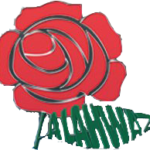
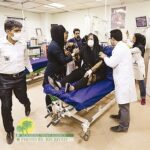
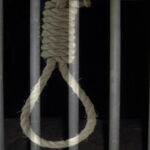
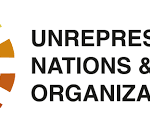



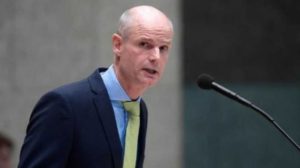
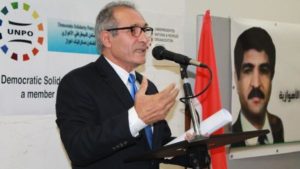
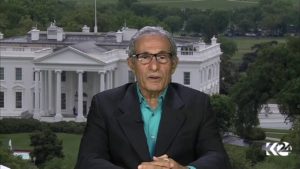
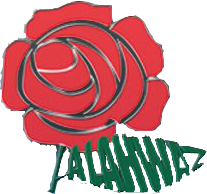
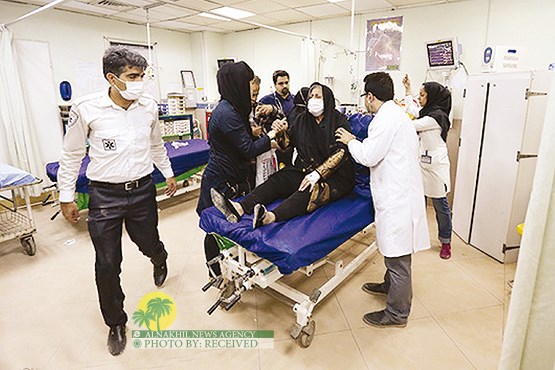




+ There are no comments
Add yours